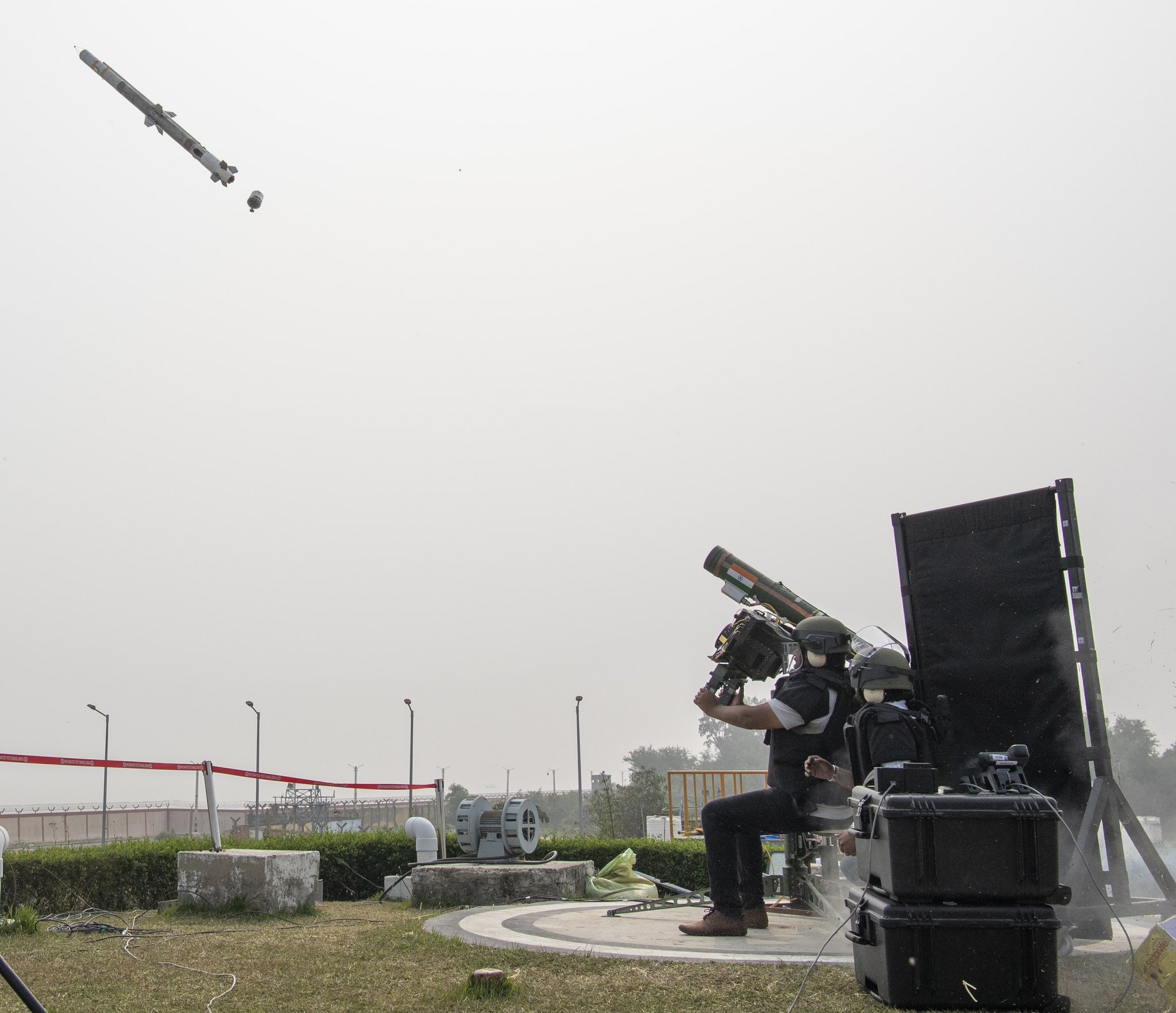India pledges record 9.5% increase in defence budget

Armed forces’ pensions will take a large chunk of India’s new INR6.81trn defence budget.
The Indian Ministry of Defence (MoD) announced on 1 February a record 9.53% rise in its 2025-2026 defence budget, as the country looks to modernise its armed forces and indigenise defence production against heightened geopolitical threats.
Indian defence spending remains on an upward trajectory. The previous defence budget, 2024-2025, earmarked INR6.21 trillion (approximately USD75 billion), a notable rise from the INR5.94 trillion allocation in 2023-24.
Within the latest 2025-2026 budget, India’s armed forces will receive INR6.81 trillion (USD78.3 billion), although only 26.4% of this budget will be spent on new acquisitions. 23.6% will go towards pensions, which have been a major burden on India’s defence spending since 2008. This equates to INR1.6 trillion on pensions, only slightly less than the INR1.8 trillion allocated to procurement.
Along with this, 75% of the procurement sub-budget, or INR1.12 trillion, will be set aside solely for domestic spending.
The government of Indian Prime Minister Narendra Modi continues to push for indigenised defence production as part of its ‘Aatmanirbhar Bharat Abhiyan’ (‘Made in India’) initiative. Modi’s recent unveiling of a trio of new Indian warships, a frigate, destroyer, and submarine, typifies this domestic drive.
Despite this, India remains the world’s top weapons importer, dependent on France, Russia, and the US as its main suppliers.
As recently as 4 February, Indian Defence Secretary Shri Rajesh Kumar Singh signed a deal with his Russian counterpart for the purchase of anti-ship cruise missiles from Moscow.
Analysis – geopolitical tensions drive Indian defence spending
The “current geopolitical scenario” is a driving factor behind India’s push to modernise its military equipment, according to a statement released by the Indian MoD on 1 February.
India faces tensions on both its western and eastern borders. To the West, Pakistan and India continue to struggle for control over the Kashmir region, while Pakistan’s Navy has ambitions to become a 50-ship force within the next decade.
To the East, Indian and Chinese troops have skirmished along their shared – and disputed – 3,440km border. China is also playing an increasingly aggressive role in the Indian Ocean and South China Sea.
Attention now focuses on which procurement programmes India’s MoD will prioritise amid this geopolitical scenario and push to indigenise. Uncrewed aerial vehicles (UAVs) are expected to be a key focus area, with government ministers in aviation and defence previously calling for India to become a ‘global drone hub’ by 2030.
Alex Blair
